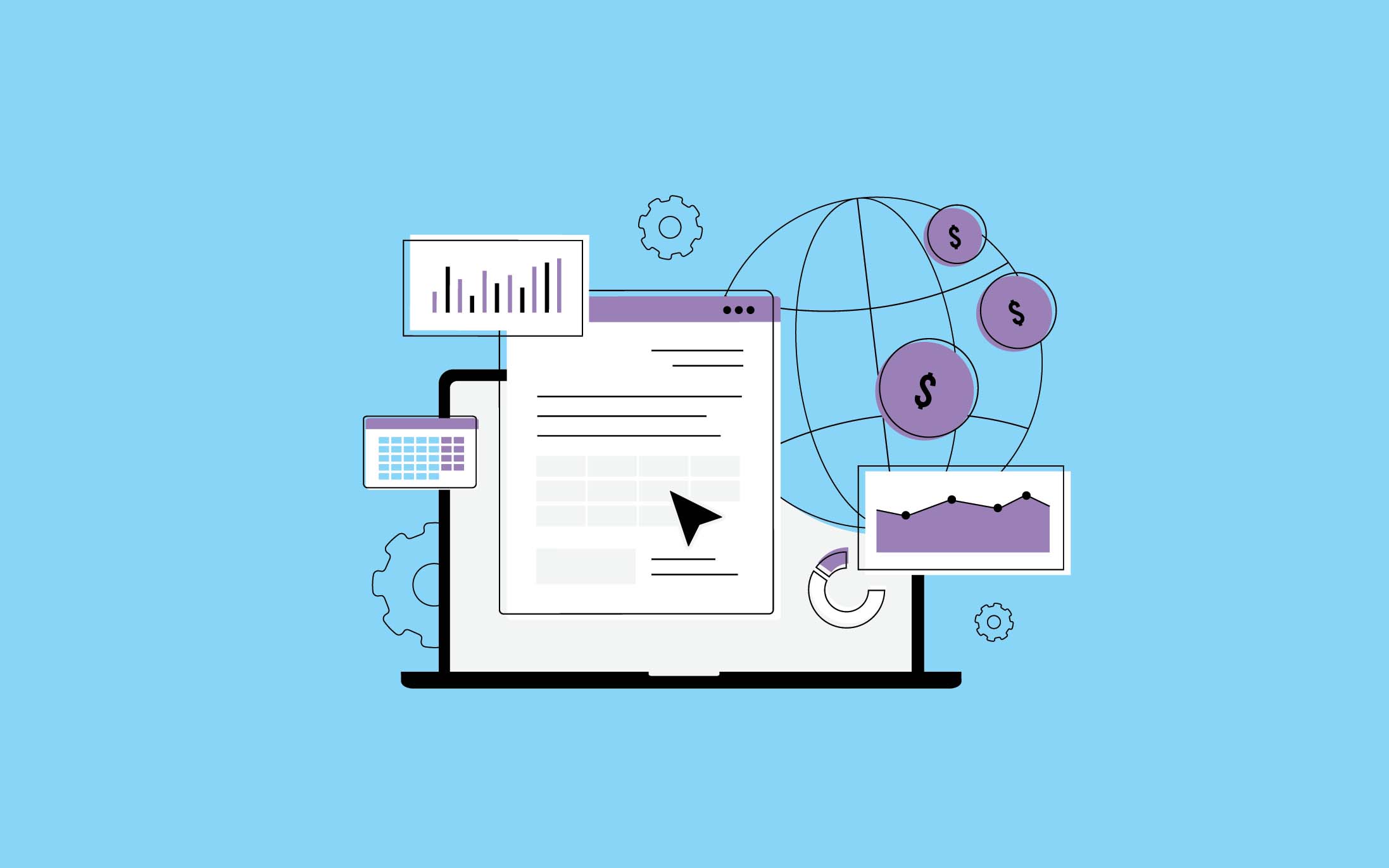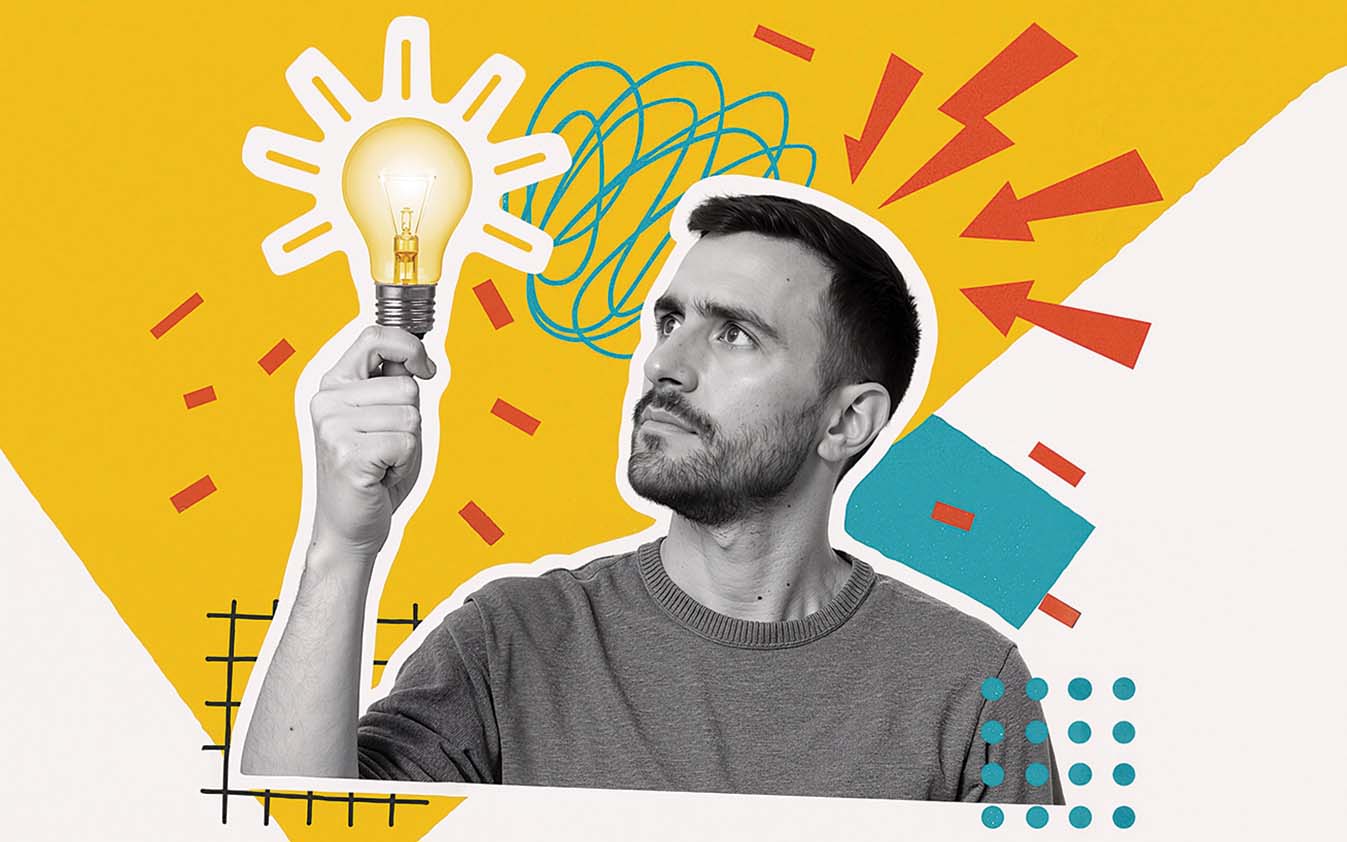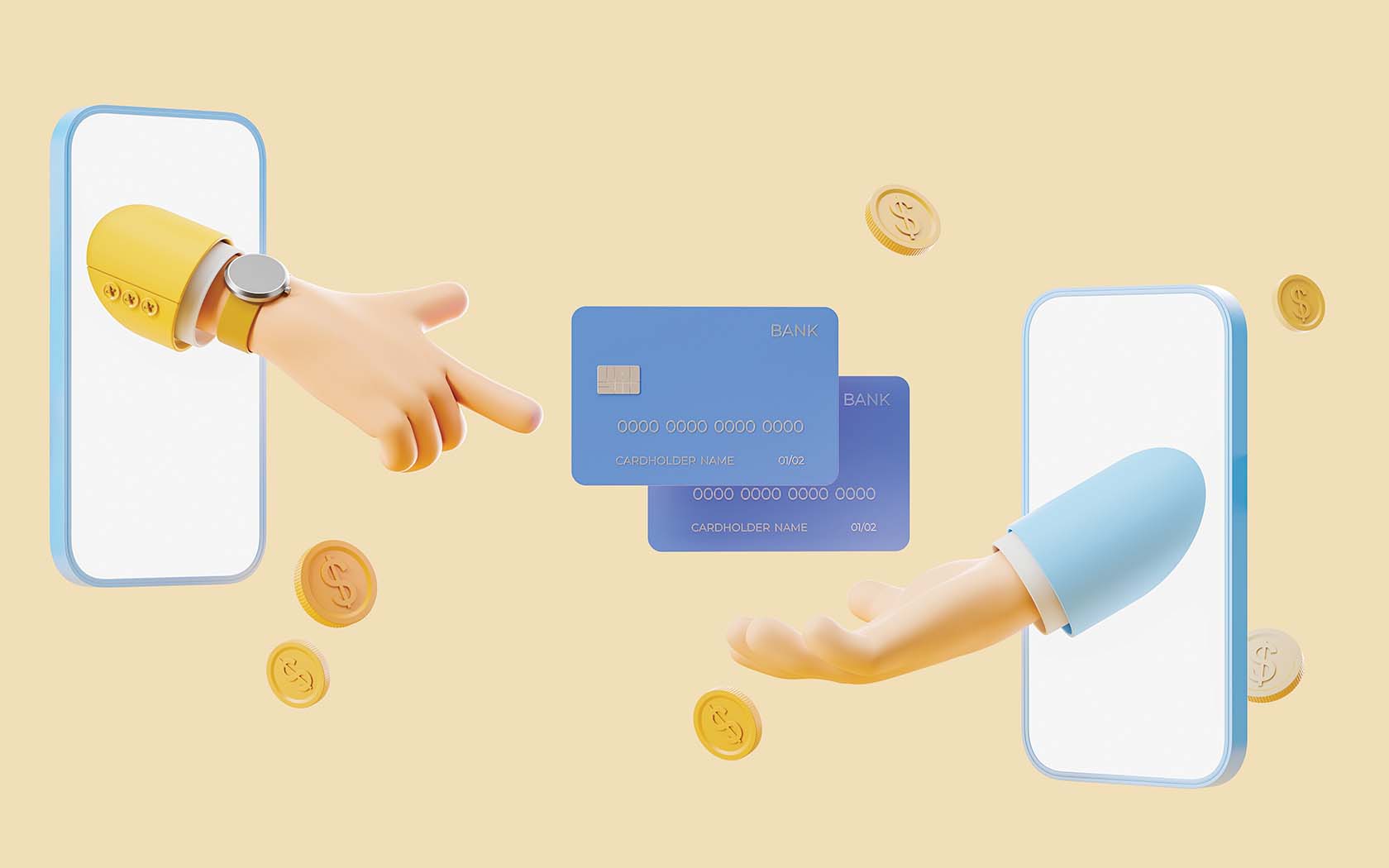From BNPL and CHUCK to FedNow and embedded fintech platforms, there seems to be a limitless number of payments options. Here’s an all-in-one guide for community bank payment options—including the difference between payment rails and customer-facing payment overlays.
Navigating the Payments Solutions Maze
January 04, 2024 / By Mary J. Yerkes
From BNPL and CHUCK to FedNow and embedded fintech platforms, there seems to be a limitless number of payments options. Here’s an all-in-one guide for community bank payment options—including the difference between payment rails and customer-facing payment overlays.
Payment options for community banks continue to expand, providing new opportunities for innovation. From instant and faster payment rails like RTP, FedNow and Same Day ACH to payment overlay services like CHUCK, buy now pay later (BNPL) and person-to-person (P2P) services such as Zelle, the choices seem endless.
For community banks to stay competitive, they must focus simultaneously on supporting faster payment rails and a better digital customer experience with payment overlays.
“While instant payments are still relatively new in the United States, they are not new from a global perspective,” says Nick Denning, senior vice president of industry relations for ICBA. “As these new rails have launched internationally, one key learning is that the rails alone won’t drive adoption. It’s the emergence and scaling of overlay services that drive adoption and volume.”
Payment rails vs. overlay services
Let’s start by defining and differentiating between payment rails and overlay services.
Payment rails serve as the infrastructure that enables the movement of money from one financial institution to another, like how a train transports passengers from one location to another.
Overlay payment services build on an existing infrastructure to deliver enhanced value to customers. Think of overlay services as the apps on an iPhone where the phone is the rail, and the number of apps is infinite.
“Payments are changing. They’re becoming faster and more digital,” Denning says. “We are entering a time when the first fully digital generation of customers is becoming a greater proportion of the buying public. To earn them as customers, community banks must play in both spaces to remain competitive over time."
Now, let’s dive deeper into each of these payments service offerings.
Bridge Community Bank does it all
Bridge Community Bank in Mount Vernon, Iowa, offers multiple payment services. The $120 million-asset community bank participates in RTP, FedNow, ACH and EXCHEQ, which allows customers to transfer money from their accounts to others through an app on their mobile devices. The app accommodates Same Day ACH and recently added RTP and FedNow.
“We’re a particularly small bank, but it’s essential for our bank and community banking peers to stay relevant in payments,” CEO Bob Steen says. “And what we’ve done and accomplished, we’ve done without a direct integration into our core.”
Bridget Community Bank’s overlay product is EXCHEQ over the Open Payment Network platform. “If I send a real-time payment and the receiver does not offer FedNow, EXCHEQ will decide in milliseconds to send an RTP payment,” Steen explains. “If they’re not an RTP receiver, it will default in milliseconds to Same Day ACH.” While the payment may take hours instead of seconds, it will still arrive at the recipient’s financial institution the same day or early the next day.
Bottom line? Community banks and their customers want choices, and today’s fintech solutions and open-banking API solutions can give them just that.
“We’ve given too many of our services away, which comes at a high cost,” Steen says. “And for a small bank, the table stakes are disproportionately high to get a product in place. So, my advice would be to do what we’ve done, accomplish what we’ve accomplished. If we can do it, anyone can.”
Payment rails
FedNow
What is it? The FedNow Service is an instant payments infrastructure that was launched by the Federal Reserve in July 2023. Through FedNow, financial institutions can enable customers to send and receive money instantly, giving them immediate access to funds. Funds sent via FedNow settle between participating financial institutions instantly.
“Many of the faster and mobile payment services in the market today are consumer-facing products used to send and receive payments,” says Nick Stanescu, executive senior vice president at the Federal Reserve Bank of Boston and chief FedNow executive of the FedNow Service. “While funds sometimes clear immediately, the timing of interbank settlement between the financial institutions involved depends on the underlying rail used.”
Use cases: FedNow supports countless use cases depending on the specific needs of financial institutions and their customers. The Fed sees use cases whenever the instantaneous transaction of money can simplify pain points associated with waiting for funds to settle. This ranges from individuals sending money to children in college to facilitating real estate closings and auto purchases.
The future: In the coming months, updates to FedNow will focus on additional fraud prevention tools and easier user access to important account and transaction information. According to Stanescu, the Fed also plans to introduce tech-centric developer resources to allow financial institution participants to access documentation, such as technical specifications and code, to support their service implementation. In the long term, the Fed will continue to work to position the FedNow Service for widespread adoption and, ultimately, nationwide reach.
Explainer
Q: Is FedNow a central bank digital currency (CBDC)?
A: No. It’s a payment service that the Federal Reserve has made available to financial institutions of all sizes to transfer funds in real time for their customers. Like other Fed payment services, such as Fedwire and FedACH, FedNow is not a form of currency or a step toward eliminating forms of payment like cash.
It’s important to note that the Federal Reserve and FedNow cannot access individual’s bank accounts or control how people choose to spend their money. FedNow is not consumer-facing; it is only available to U.S. financial institutions and operates behind the scenes. Financial institutions may choose to use the service to transfer funds in real time for their customers, but the Federal Reserve does not provide account information or offer instant payments services to individual consumers and businesses.
RTP
What is it? The RTP network, the real-time payments system from The Clearing House (TCH), was launched in November 2017. Available to all insured financial institutions in the U.S., the RTP network hit the 1 million daily payment milestone in September 2023.
What distinguishes the RTP network and FedNow from other payment rails and overlay services is that the money moves and settles in real time.
“Some [other payments services] are not doing real-time gross settlement, but they’re considered real-time payments [by participants],” says Rusiru Gunasena, senior vice president of RTP product management and strategy for TCH. “The sender can send a payment, and the recipient can receive those funds in real time, but the settlement happens through the ACH or card rails [at a later time].”
Use cases: Use cases run the gamut from earned wage access (EWA) and gig worker payments to mortgage closings, account-to-account transfers, auto sales and more. Consumer bill pay is also high on the list. According to Gunasena, TCH is “looking to revolutionize consumer bill payments with the RfP functionality, which is the request for payment or request to pay feature.”
The future: Regarding what lies ahead for the RTP network, TCH will continue to work with financial institutions, fintechs and other payments platform providers to grow use cases. Fraud remains top of mind and to combat threats, TCH will continue collaborating with the Fed and other payments platform providers and stakeholders.
ACH
What is it? The ACH Network from Nacha processes electronic payments, enabling businesses, consumers and government entities to send and receive payments. The ACH Network is open for processing payments for 23.25 hours every business day and settles payments four times daily. Moreover, Same Day ACH is available for domestic ACH payments up to $1 million. For Same Day ACH, settlement happens in hours on the same business day.
“Today’s ACH Network offers four key elements that community bank customers want from a payments system: ubiquity, predictability, reliability and high efficiency,” Daniel Roth, senior director of communications for Nacha, explains. “Furthermore, ACH payments enhance security by reducing the risks associated with paper checks.”
Use cases: ACH has many uses and is particularly attractive to community banks because it can cost less to process an ACH transaction than it does for RTP or FedNow. ACH is often the better choice for such transactions as direct deposit of payroll and for recurring payments, such as loan repayment and subscription services, to name a few.
The future: Nacha, its members and ACH operators are exploring additional Same Day ACH enhancements, like extended hours and international ACH eligibility.
“The universal connector is like a train station. Like a train station, CHUCK connects different rails and payment overlay services. That could be PayPal, Venmo, Cash App, Zelle or others.”—John Schulte, Mercantile Bank
Payment overlay services
Zelle
What is it? Zelle is a person-to-person (P2P) digital payments platform that allows users to send money between almost any two financial institution accounts, usually within minutes. Consumers use Zelle to get money into their accounts quickly, but their financial institutions settle on the back end using various settlement rails. Some financial institutions are also now offering Zelle to their small business customers.
As an overlay, Zelle is compatible with many settlement rails and helps provide a P2P payment solution for community bank customers using the settlement rail their financial institution chooses. Zelle is a complement to the rail system community banks use, offering a direct benefit for the financial institution’s consumer and small business customers.
Use cases: Popular use cases include sending money to friends, family and other trusted individuals, such as a contractor, neighbor, a child away at school and more. Small businesses use Zelle to pay gig workers, payroll for contract employees and vendors, to name a few examples.
The future: “We’re constantly evaluating and evolving the Zelle Network to stay current with trends and new opportunities to build consumer trust,” says José Resendiz, chief operating officer at Early Warning, the network operator of Zelle. “Some near-term roadmap objectives we’re working on include leading efforts to stop criminals who steal money from consumers through fraudulent activities. We’re also evaluating new collaborations with policymakers, industry and advocacy groups on legislation and regulation to stop criminal activity and educate consumers about navigating the payments landscape.”
Buy now pay later
What is it? BNPL enables customers to break their payments for purchases into multiple installments, with the initial one due when the purchase is made. Common BNPL services include Affirm, AfterPay, Apple Pay Later and PayPal. Some BNPL plans charge minimal or zero interest, making it attractive for consumers unable to pay full price for an item at the time of purchase.
Use cases: Although BNPL options do offer customer convenience for necessary, large-value purchases such as airline tickets or a computer, for example, they can also lead to unnecessary purchases. Consumers also sometimes miss BNPL payments, potentially leading to higher interest rates than those incurred when using a credit card.
The future: It appears BNPL’s popularity will continue to grow. In fact, according to Straits Research, the BNPL market size is projected to reach $3.68 trillion by 2030, with a CAGR of 45%. As retailers see a potential increase in consumer sales with BNPL, it’s likely that we will see the market flooded with additional BNPL options in the years ahead.
“Customers can get [payments] from so many places. It’s better that they get what they need from the community bank they know, love and trust.”—Brad M. Bolton, Community Spirit Bank
CHUCK
What is it? CHUCK is as an open payments network created by financial institutions for financial institutions. The initial vision for CHUCK was to develop an affordable, viable solution for financial institutions, especially smaller community banks. It integrates directly with a financial institution’s digital banking platform, providing a seamless and enhanced customer experience. Using a universal connector for payments, CHUCK’s new enhancements will expand community bank customers’ choices, making it easier for community banks to offer overlay services.
“The universal connector is like a train station,” explains John Schulte, senior vice president and chief digital banking officer for Mercantile Bank, a $5.2 billion-asset community bank in Grand Rapids, Mich. “Like a train station, CHUCK connects different rails and payment overlay services. That could be PayPal, Venmo, Cash App, Zelle or others.”
Use cases: CHUCK’s infrastructure enables all community banks of all sizes to connect to multiple payment overlay services at a lower rate than signing individual contracts with separate payment service providers, which is cost-prohibitive to some smaller community banks.
The future: Peter Davey, venture partner, Alloy Labs Alliance, the incubator for CHUCK and its member banks, speaks to the future: “We are looking at developing new features and capabilities over the next six months that enable community banks to branch out on new capabilities on the P2P journey.”
Business-to-business (B2B), business-to-consumer (B2C) transactions, and applications for small- and medium-sized businesses (SMB) will continue to be areas of focus, and real-time opportunities in the next year are possible, Davey says.
Above all, listen to customer demand
What does all this mean for community banks? Simply, change and innovation will continue to accelerate in the payments space, shaping payment rails and overlays for many years to come.
“It comes back to providing the tools and technologies that customers not only demand but expect at this point of time,” says Brad M. Bolton, president and CEO of $195 million-asset Community Spirit Bank in Red Bay, Ala., and immediate past chairman of ICBA. “Customers can get it from so many places. It’s better that they get what they need from the community bank they know, love and trust.”
Payments Stats
9/10
of Americans used some form of digital payment in 2022.
Source: McKinsey’s 2022 Digital Payments Consumer Survey
$1.5T
The amount of money processed through Zelle between 2017 and 2022
Source: Zelle
30B
The number of payments The ACH Network processed in 2022
Source: Nacha
17%
of consumers used a BNPL platform to finance at least one purchase in 2021
Source: Consumer Financial Protection Bureau
50%+
The increase in businesses sending payments over The Clearing House’s RTP Network between December 2022 and July 2023
Source: The Clearing House
Subscribe now
Sign up for the Independent Banker newsletter to receive twice-monthly emails about new issues and must-read content you might have missed.
Sponsored Content
Featured Webinars
Join ICBA Community
Interested in discussing this and other topics? Network with and learn from your peers with the app designed for community bankers.
Subscribe Today
Sign up for Independent Banker eNews to receive twice-monthly emails that alert you when a new issue drops and highlight must-read content you might have missed.
News Watch Today

Join the Conversation with ICBA Community
ICBA Community is an online platform led by community bankers to foster connections, collaborations, and discussions on industry news, best practices, and regulations, while promoting networking, mentorship, and member feedback to guide future initiatives.













